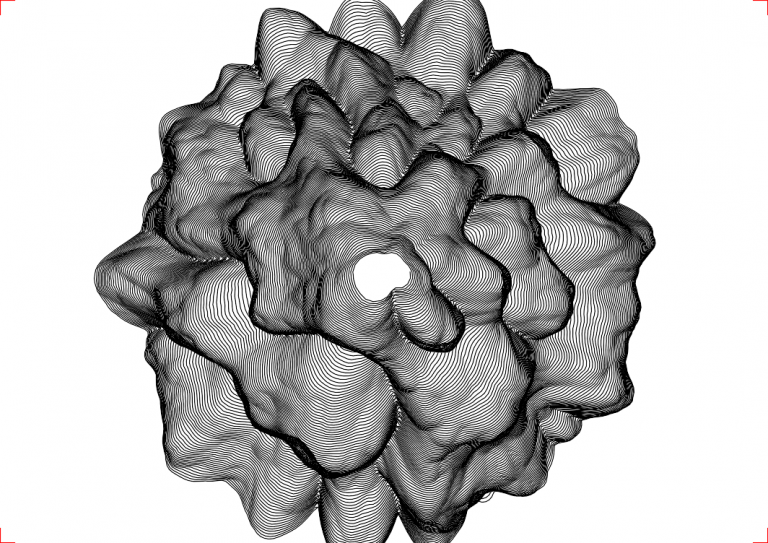Computational generative systems are becoming increasingly popular for many design and creative applications.
Known for their ability to generate complex and interesting designs from a relatively simple specification, they shift the focus of design from objects to processes.
However, generative systems can be hard to control and manipulate when trying to fit to the designer’s particular goals or taste. Often the shear number of possibilities they present can be overwhelming, making it difficult or even impossible to find the best or most suitable designs.
Evolutionary techniques are a popular method to find interesting designs in large search spaces. However, traditionally such search methods focus on optimisation: trying to find the single design that best fits the criteria for success. But this is not how design works. Designers like to compare different, good designs. Even for a single criteria, such as aesthetics, there may be multiple, different designs that are appealing, not a single optimum.
